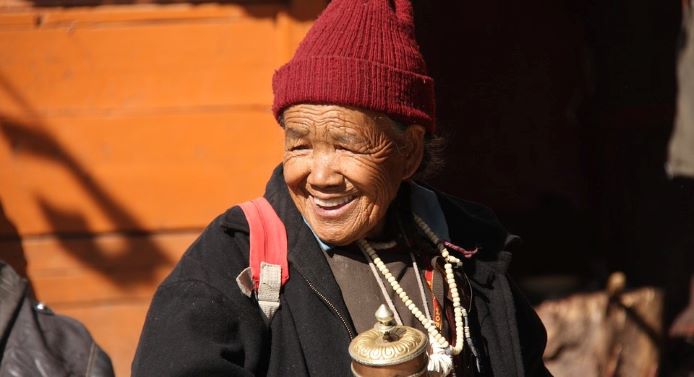
One of the most stunning places on earth is Ladakh. It is widely recognised for its long, sweeping plains and snow-capped slopes, remaining untouched by commercialization. This location, which is centred on Tibetan culture, is popular with tourists. Ladakh, often known as the chilly desert, is located on the eastern border of Jammu and Kashmir in the vast Himalayas. The Indus River is the most significant of the several rivers that pass through this area. These rivers create extensive valleys. The Nubra glacier is one of the several glaciers that can be found in Ladakh.
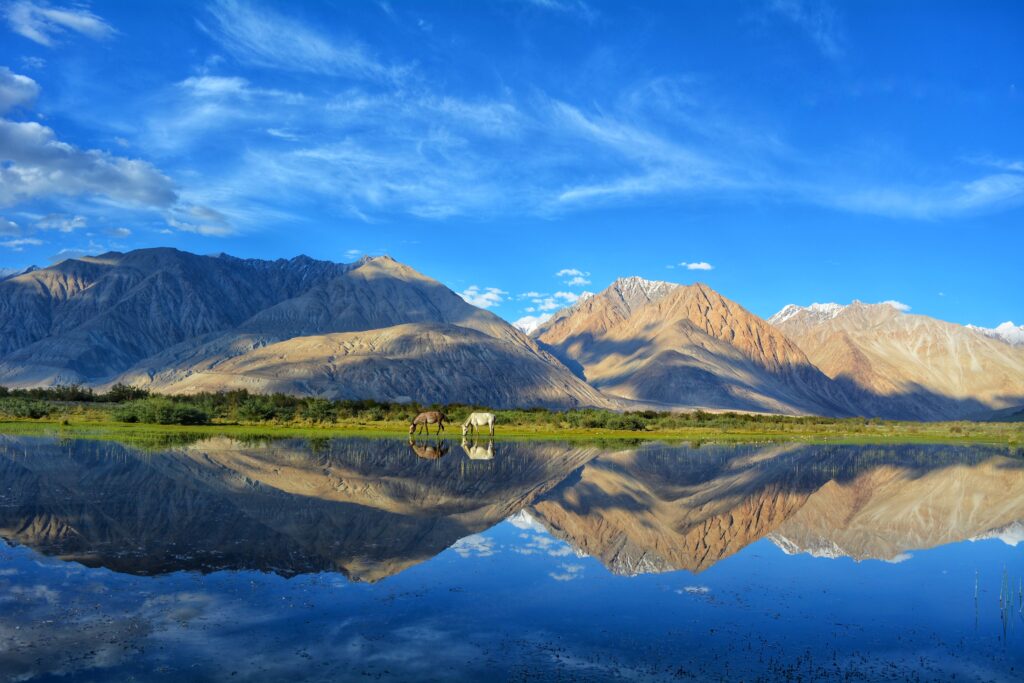
However, one of the main inquiries tourists have is: Why is Ladakh referred to as a cold desert? Ladakh actually springs to mind when questioned about which Indian desert is the coldest. You can imagine life in the cold desert of Ladakh given that the wintertime low in Ladakh is -30 degrees. Plan your journey and book a room at the Stok Hotel in Ladakh to take advantage of the stunning scenery.
Ladakh Desert- The Coldest Region
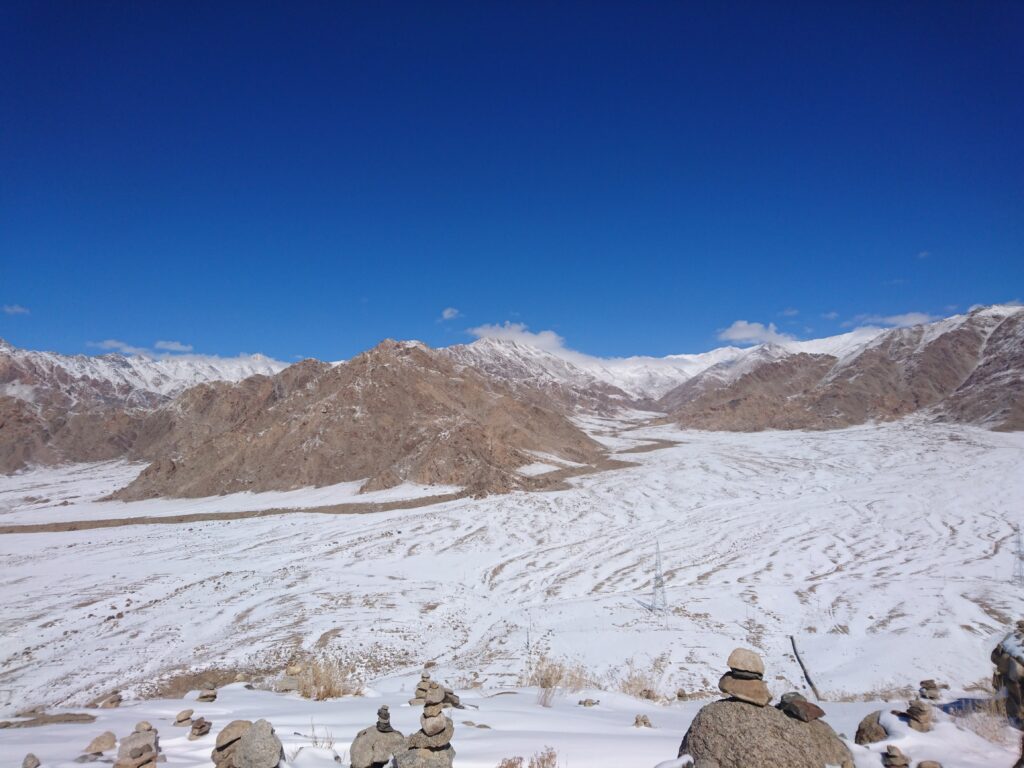
The Karakoram Range in the north and the Zanskar Mountains in the south encircle Ladakh. Ladakh is the coldest desert because of several factors, including its high altitude. One can feel the heat of the sun because the air is so thin here. Summertime temperatures range from above zero degrees during the day to minus -30 degrees at night. The temperature stays around -40 degrees during the winter. Due to the strong Himalayan influence, the area also has the lowest rainfall, making Ladakh a cold desert.
Geography
The fact that Ladakh is a plateau in the state of Jammu and Kashmir and extends farther to the Himalayan range is one of the reasons it is referred to as a chilly desert. The Kunlun ranges, which stretch back 45 million years, are all around it. The Indus River is mostly responsible for Ladakh’s greenery. Around this river are a number of towns, including Leh, Tingmosgang, and a few others.
Ladakh’s Flora and Fauna
Flora
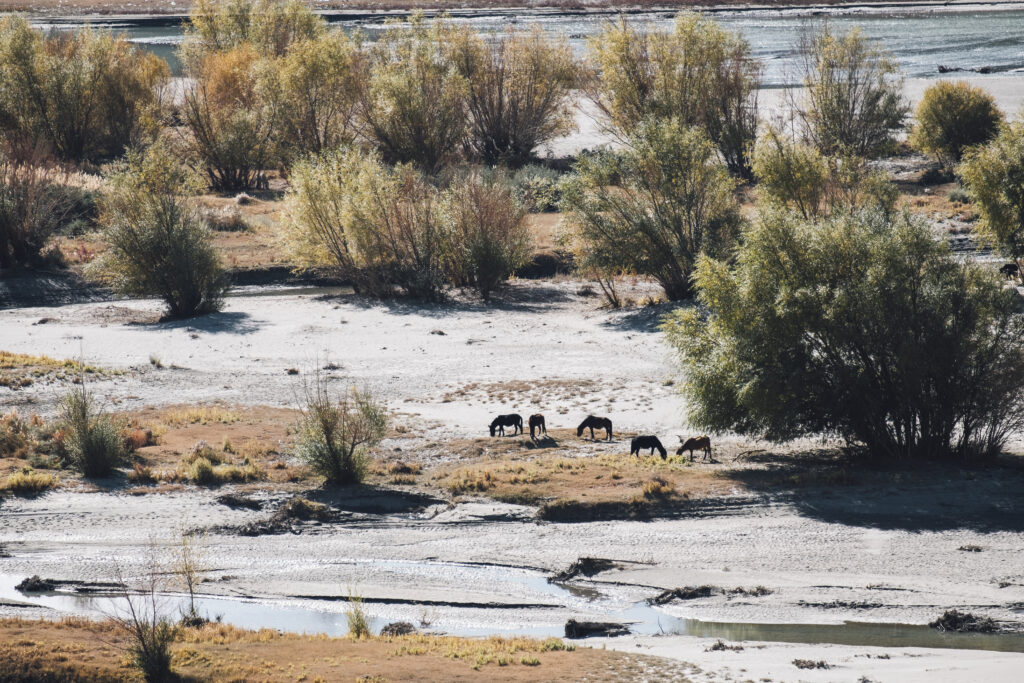
Compared to other Himalayan regions, the Ladakh desert has a small amount of vegetation. The region’s vegetation declines due to excessive dryness. However, there are few patches of grass in several places in the Ladakh region that animals graze on. The region experiences abundant apple, apricot, and walnut growth in the summer.
Fauna
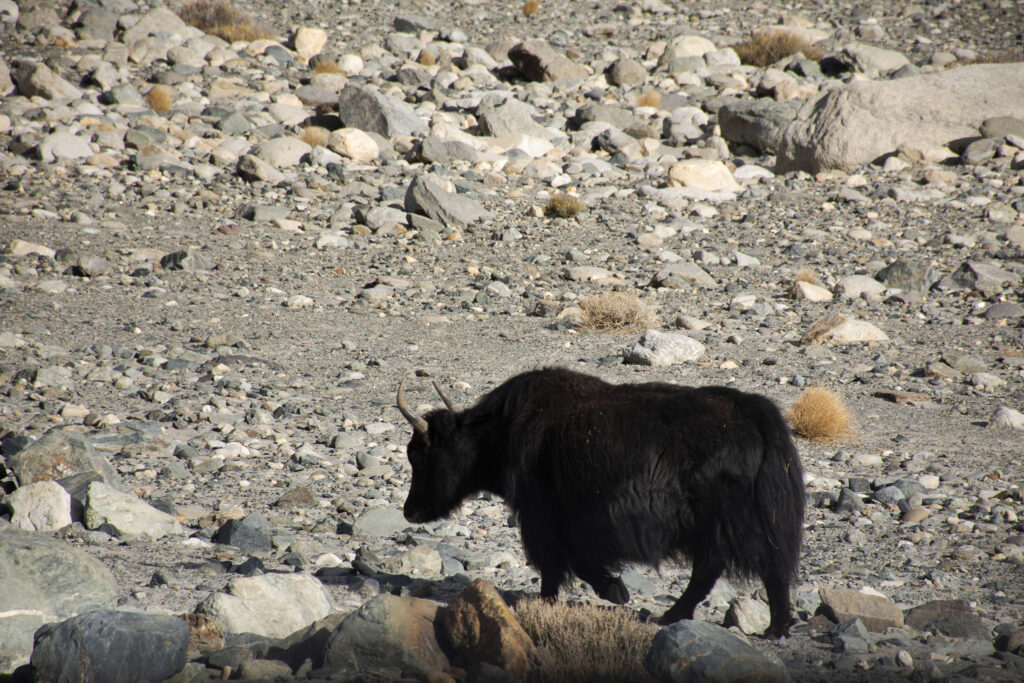
Ladakh is home to a variety of bird species, including redstarts, robins, and Tibetan snowcocks, according to its flora. These birds migrate frequently. Among the creatures, you can see here are wild goats, sheep, yaks, and particular breeds of canines.
Residents of Ladakh
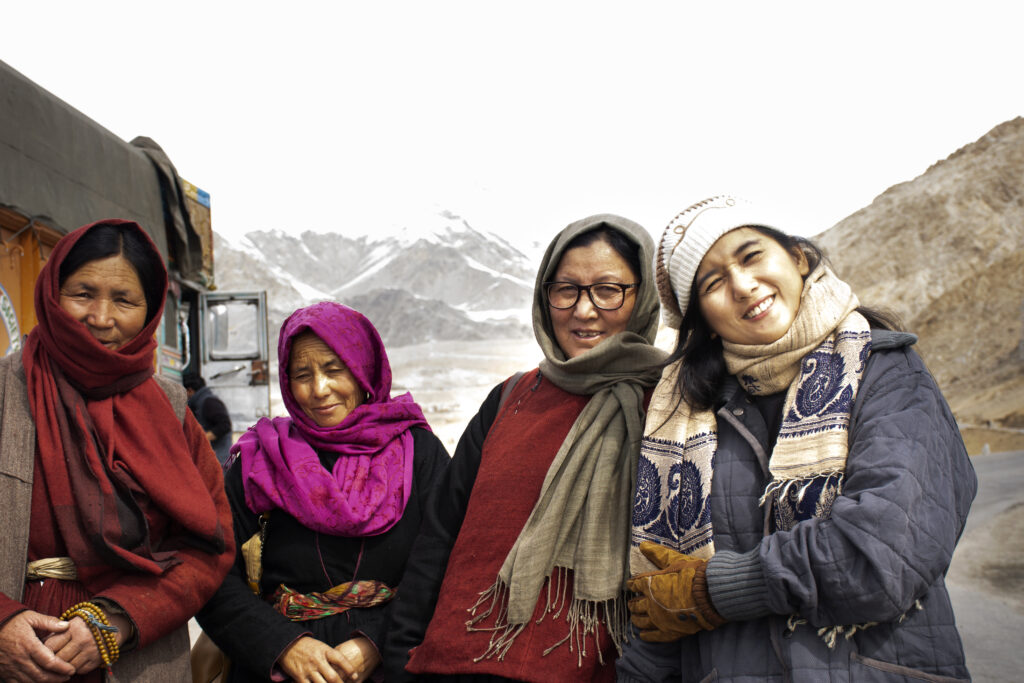
There are fewer people living in the remote, mountainous region of Ladakh because life there is so basic. Muslims and Buddhists coexist together in this area. The area is fortunate to have Buddhist monasteries because there are many Buddhists living there. The most stunning monasteries include those in Hemis, Thiksey, Lamayuru, and a few more. People in this city are friendly and courteous to visitors.
Cultivation
Barley, potato, turnip, and a few more crops are the only ones grown in Ladakh because of the hard climate there. The majority of people’s activities throughout the winter are festival-related. One unique feature of this chilly desert region called Ladakh is that there are more women working there than men.
Business
Ladakh is the most popular tourist destination, hence the locals earn well from their businesses. Ladakh residents operate a variety of small and medium-sized businesses, ranging from stores selling handmade goods and antiques to transportation companies, making this area a desirable location for businesses.
Infrastructure
In Ladakh’s frigid desert, the infrastructure is generally rather good. Since Ladakh is a popular tourist destination, it has excellent road and air connectivity. The National Highway 1A, which crosses the Zoji La Pass to connect Leh with the Kashmir Valley, is one of the main roads.
Tourism
Ladakh’s tourism industry is thriving, drawing thousands of tourists each year. Biker enjoy riding their bikes on Ladakh’s roads and landscape to obtain a beautiful view of various areas. In addition, there are a lot of festivals that are worth going to during the winter.
Lifestyle
If we look at what the arid, chilly Ladakh lacks, we discover a shifting way of existence. The lack of significant commercialization in this area has prevented significant changes in locals’ way of life. Modern technology has, nevertheless, brought about some recent developments. Here, people coexist peacefully. In addition, resources are scarce and highly valued in this area. They are renowned for leading happy lives and spending a lot of time in nature. They typically lead a nomadic pastoralist lifestyle. Women have major positions and enjoy independence in life and the workplace, which is the most notable aspect of Ladakh culture.
